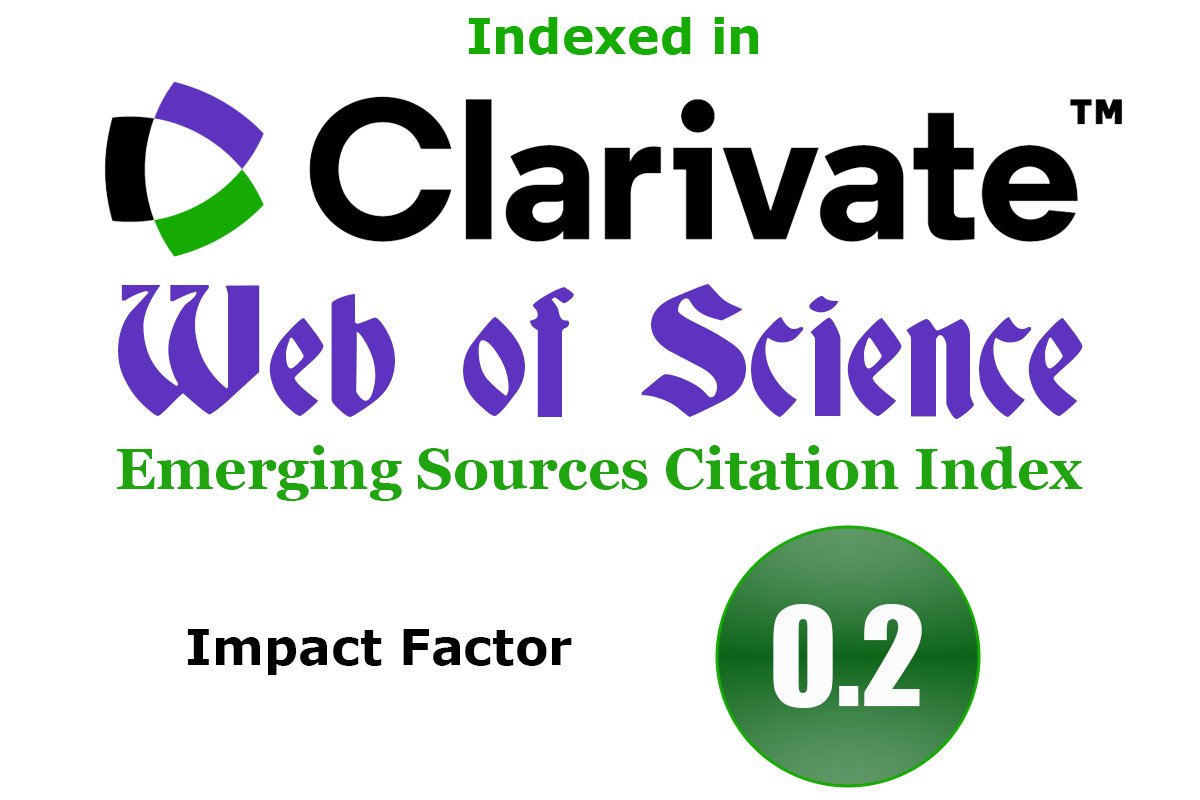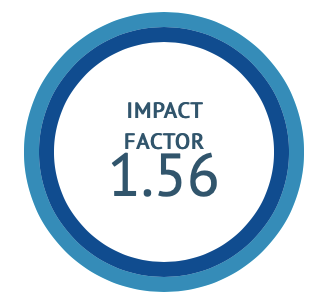Protective role of methanolic extract of Cleome viscosa L. and Cleome gynandra L. on carbohydrate metabolic enzymes in STZ - induced diabetic rats
DOI:
https://doi.org/10.47552/ijam.v16i3.5888Keywords:
STZ, Diabetes, Cleome viscosa, Cleome gynandra, Antihyperglycemic activity, Carbohydrate metabolic enzymesAbstract
Aim: This study investigates the antihyperglycemic and hepatoprotective effects of methanolic extracts of Cleome viscosa L. (MeCV) and Cleome gynandra L. (MeCG) in STZ-induced diabetic rats. Methods: Over 28 days, body weight and fasting blood glucose levels were monitored weekly. Additionally, key metabolic enzyme activities, including fructose-1,6-bisphosphatase (FBP-1,6), glucose-6-phosphatase (G-6-P), hexokinase, and glucose-6-phosphate dehydrogenase (G-6PDH), were analyzed to assess hepatoprotective effects. Results: On the 28th day, diabetic control rats exhibited severe hyperglycaemia (402±11.41 mg/dL) and significant weight loss (108.33±4.01 g). MeCV-treated rats (400 mg/kg b.w.) showed a slight weight increase (+0.92%) and a substantial reduction in fasting blood glucose levels, demonstrating better glycemic control than MeCG. Compared to diabetic controls, MeCV significantly increased hexokinase and G-6-P activity by 55.82% and 127.15%, respectively, while reducing G-6PDH and FBP-1,6 activity, supporting its role in glucose metabolism regulation. MeCV and MeCG restored total carbohydrate levels in liver tissues, counteracting STZ-induced depletion. However, MeCV was more effective, nearly matching glibenclamide in enhancing glucose uptake and glycogen synthesis. It also normalized hepatic glucose and glycogen levels more efficiently than MeCG, likely by improving insulin sensitivity and modulating key metabolic enzymes. Conclusion: These findings highlight MeCV’s strong antihyperglycemic and hepatoprotective potential, making it a promising candidate for diabetes management. Further research is needed to identify its active compounds and elucidate their mechanisms of action.
Downloads
Published
How to Cite
Issue
Section
License
Copyright (c) 2025 International Journal of Ayurvedic Medicine

This work is licensed under a Creative Commons Attribution-NonCommercial-ShareAlike 4.0 International License.
The author hereby transfers, assigns, or conveys all copyright ownership to the International Journal of Ayurvedic Medicine (IJAM). By this transfer, the article becomes the property of the IJAM and may not be published elsewhere without written permission from the IJAM.
This transfer of copyright also implies transfer of rights for printed, electronic, microfilm, and facsimile publication. No royalty or other monetary compensation will be received for transferring the copyright of the article to the IJAM.
The IJAM, in turn, grants each author the right to republish the article in any book for which he or she is the author or editor, without paying royalties to the IJAM, subject to the express conditions that (a) the author notify IJAM in advance in writing of this republication and (b) a credit line attributes the original publication to IJAM.




